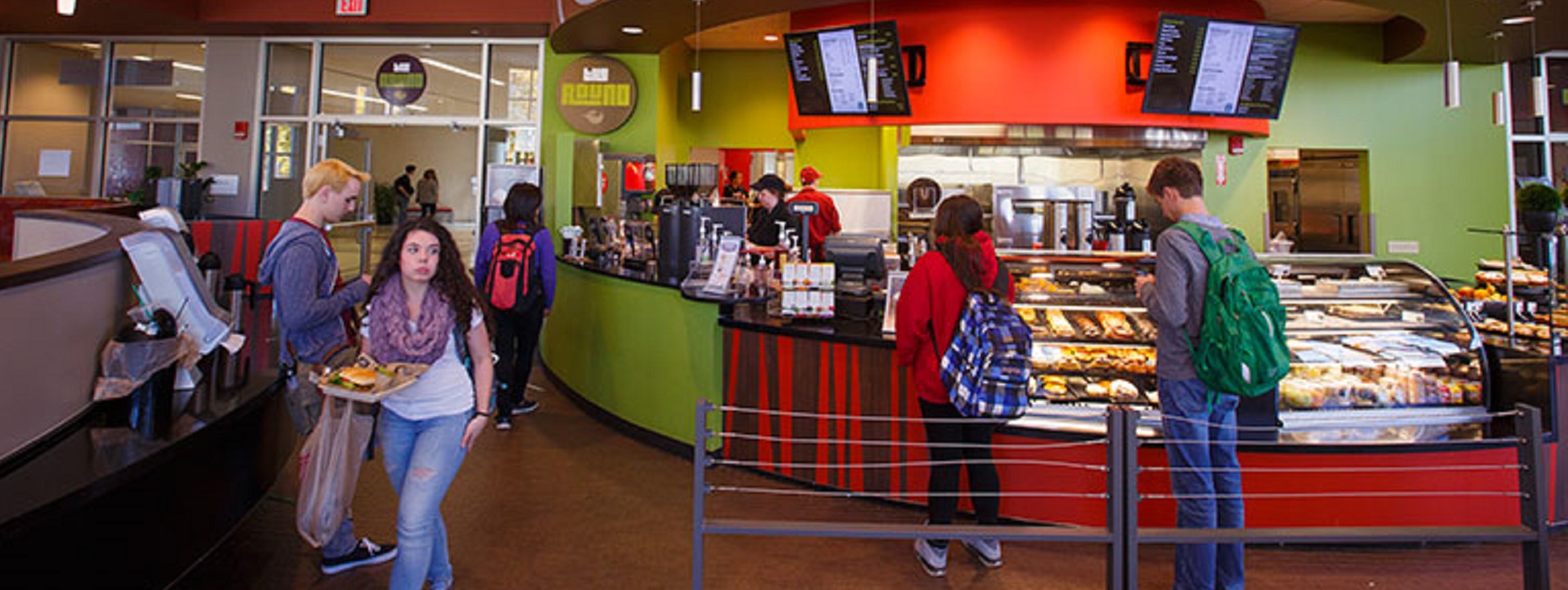“A good home must be made, not bought.
In the end, it’s not track lighting or a sun room
that brings light into a kitchen.”
Today we examine the literature that informs the safety and sustainability of small to medium-sized food preparation occupancies. Kitchenettes are often integrated into other living spaces such as gathering space on a single floor in a dormitory (unlike the full size dormitory kitchen), the teachers or faculty lounge.
Kitchenettes usually contain basic appliances and fixtures necessary for minimal food preparation, such as a small refrigerator, microwave or toaster oven, sink, and possibly a hot plate or small stove.
Kitchenettes are primarily intended for simple meal preparation and light cooking.
Kitchenettes may have limited storage capacity, requiring users to maximize space utilization through creative storage solutions.
School districts, colleges, universities and university-affiliated hospitals typically have hundreds of them; all of which present significantly elevated hazard as the focal area for nearly all activity.
They are the locus for concentrated electrical load. Our approach will be examine case studies and reflect back to the codes and standards. Use the login credentials at the upper right of our home page.
Readings:
University of North Dakota: Sanitation & Food Safety Operating Manual
The Campus Kitchen at the University of Georgia
University of Florida: An Introduction to Shared-Use Commercial Kitchens
Related:














